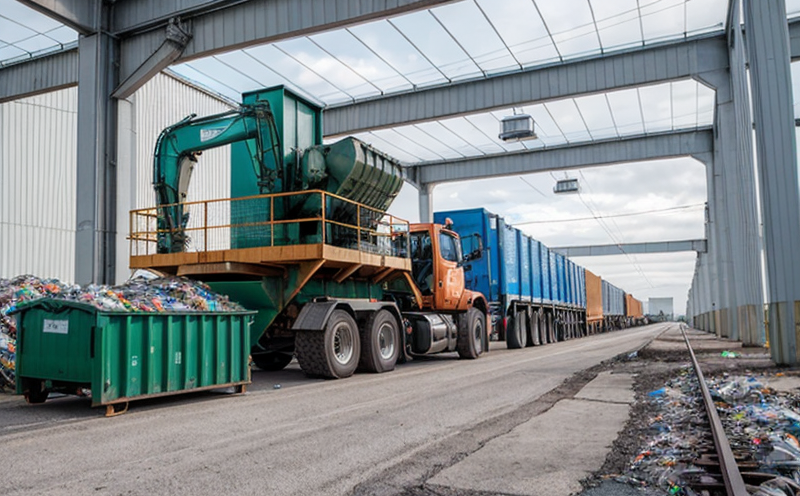ISO 20245 Second Hand Goods Safety Testing in Recycling
The ISO 20245 standard provides a robust framework for assessing the safety and reliability of second-hand goods during recycling processes. This service ensures that recycled materials meet stringent quality standards, protecting both the environment and human health. The process involves comprehensive testing to ensure that refurbished items are safe for reuse without compromising on durability or performance.
The global shift towards sustainable manufacturing practices has highlighted the importance of effective recycling protocols. ISO 20245 plays a pivotal role in this transition by offering clear guidelines on how to test and validate second-hand goods before they enter the supply chain again. By adhering to these standards, manufacturers can build trust with consumers who increasingly demand eco-friendly products.
The service encompasses various stages of testing including visual inspection, dimensional checks, mechanical strength tests, chemical analysis, electrical safety evaluations, and more. Each step is designed not only to identify potential hazards but also to enhance the overall quality of recycled goods. This approach ensures that manufacturers comply with international regulations while simultaneously promoting responsible waste management practices.
Through rigorous testing procedures based on ISO 20245, we help our clients transform their waste streams into valuable resources. Our team uses advanced analytical tools and methodologies tailored specifically for this purpose to deliver accurate results every time. Whether you're looking to enhance your existing processes or start fresh with new materials, our expertise will guide you through each phase of the project.
By leveraging ISO 20245 standards, businesses can significantly reduce risks associated with improper handling or misapplication of second-hand goods during recycling operations. Not only does this improve operational efficiency but it also contributes positively towards achieving broader sustainability goals set forth by governments worldwide.
Scope and Methodology
| Test Parameters | Description |
|---|---|
| Visual Inspection | Evaluating the condition of materials for visible defects or damage. |
| Dimensional Checks | Measuring dimensions against specified tolerances to ensure compatibility with original equipment. |
| Mechanical Strength Tests | Assessing load-bearing capacities under simulated working conditions. |
| Chemical Analysis | Determining the presence and concentration levels of hazardous substances. |
| Electrical Safety Evaluations | Verifying compliance with electrical safety requirements to prevent accidents. |
| Sampling Strategy | Description |
|---|---|
| Random Sampling | Selecting samples from different batches or lots randomly for unbiased results. |
| Representative Sampling | Picking samples that accurately reflect the characteristics of entire batch. |
| Destructive Testing | Conducting tests where sample destruction is necessary to obtain accurate measurements. |
| Non-Destructive Testing | Using techniques like X-ray fluorescence or ultrasonic testing without damaging the sample. |
Competitive Advantage and Market Impact
- Enhances reputation through adherence to international standards.
- Promotes trust among consumers seeking sustainable products.
- Achieves compliance with regulatory requirements, avoiding fines or penalties.
- Reduces operational costs by minimizing rejections due to non-compliance issues.
- Supports innovation in product design and development.
- Fosters collaboration between suppliers and end-users within the recycling ecosystem.
- Paves the way for market entry into regions with stringent environmental policies.
- Encourages investment from stakeholders interested in green technologies.





